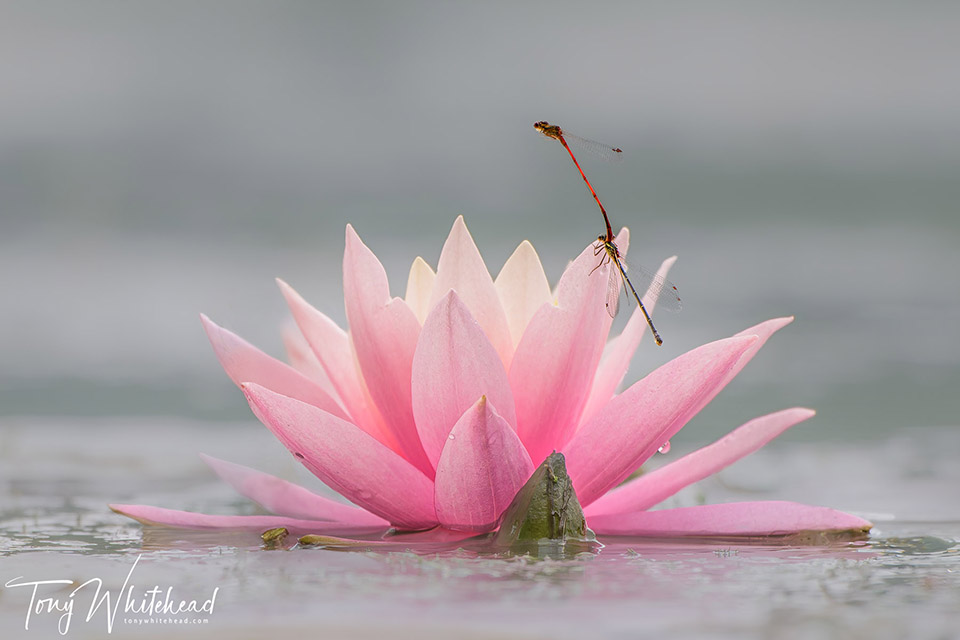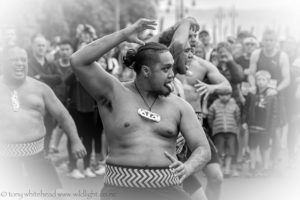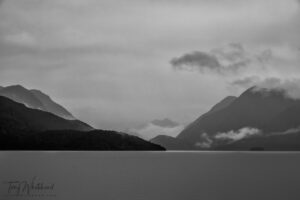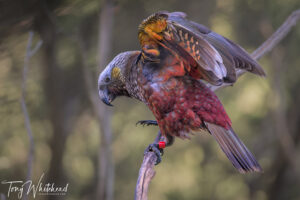When generative fill was released in a beta version of Photoshop I didn’t bother even downloading it. Demos showed how it could generate content that didn’t exist and I had no interest in generating things that weren’t there. I have often used Photoshop to clean up distractions in images and have written on this before, especially in relation to managing bands on birds.
Now that generative fill is included in the latest release version of Photoshop I have had a chance to use it as a tool to clean up some images and find it remarkably useful as a next level content aware fill. I have found it very useful for removing bird bands and will probably do a post specifically on this.
A recent image I took of a waterlily really brought home how useful this tool can be. It was a lovely bloom with 2 mating damselflies perched on it but as it had emerged from the lake it had dragged up some vegetation that was distracting and spoiling the symmetry. There was no way of mitigating this at capture as even wading out to tidy things would have scared off the insects. Usually I would have just accepted the imperfection as cleaning it up with patching and cloning would have taken a lot of time. I tried making a selection of the debris and running generative fill without any prompt of what I wanted it to do. This runs the process and offers a selection of 3 options, one of which was amazingly good, leaving very little more to do with the clone stamp/healing brush.


The result was so quick and easy that I used it to clean up some other distractions in the frame with equal efficiency. It’s a bit of a mindset change as my initial impression was that it’s main purpose was to create objects that didn’t exist. In this role it creates background that exists but is obscured by an object. Philosophically there is the same argument about the role of using digital tools to clean up images. I am quite comfortable with it in certain situations for my personal work and generative fill is just another tool in the arsenal which improves efficiency.
Photo with Nikon Z9 and Nikkor Z 180-600mm f5.6-6.3 VR



